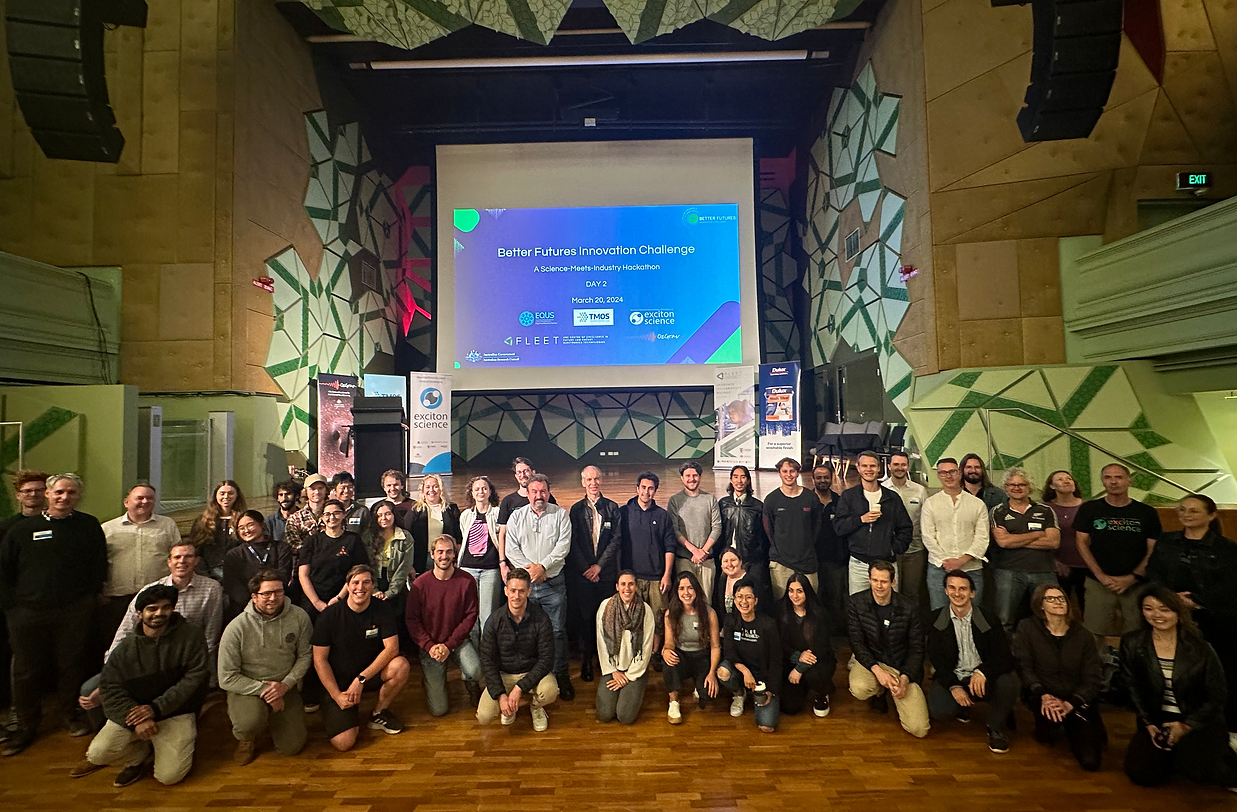Earlier this year I started getting emails about the Better Futures Innovation Challenge. At the time I was buried in lab work and thesis prep, so they sat unopened in my inbox. Luckily, Tich-Lam gave me the push I needed, and on the very last day of applications I finally had a look. One challenge stood out: design a low-cost quantum sensor with practical applications outside of academia. It was broad, creative, and ambitious - so I applied.
A few weeks later I was at RMIT in Melbourne, surrounded by researchers from across Australia. We were split into small teams and given the brief: come up with a quantum technology that:
- Relies on a genuine quantum effect,
- Outperforms or undercuts an equivalent classical system, and
- Could feasibly be built in a standard research lab.
I was teamed up with Nicholas Godfrey (QUT), Kyle Portwin (UOW), and Errol Hunt (who I already knew through FLEET). We had just two days to turn an idea into a pitch.
Our concept was a seismometer based on quantum tunnelling. In short, tunnelling lets electrons pass between two conductors even if they’re separated by a tiny gap. The current depends sensitively on the gap size, so if vibrations alter that gap, the changes can be detected. That sensitivity makes tunnelling an ideal mechanism for picking up seismic activity.
We pitched the idea as a low-cost quantum seismometer with applications ranging from mining to defence, but the one we focused on was early earthquake detection. Affordable, high-performance seismometers could give vulnerable communities - particularly in developing regions - a critical head start in sounding the alarm and potentially saving lives.
The standard was high, with lots of impressive presentations, so we were thrilled to be announced as one of the shortlisted teams. We received $5,000 in R&D funds and six weeks to push the project further. At the end, the three finalists will present their progress at a virtual showcase, with cash prizes and mentorship opportunities. Watch this space to see where it leads!
